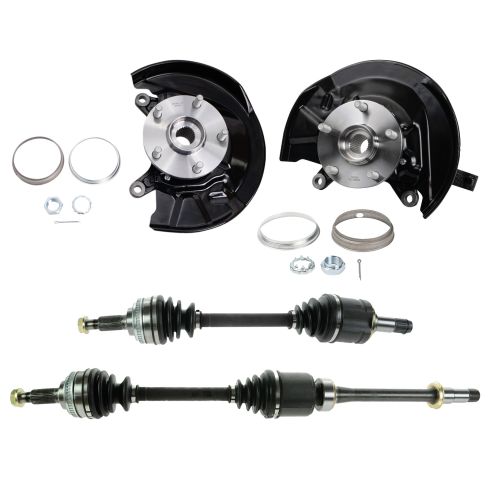1AAHK00229-1997-01 Toyota Camry V6 3.0L Front 4 Piece Drivetrain Kit TRQ PSA27207

Replaces
1999 Toyota Camry V6 3.0L Front 4 Piece Drivetrain Kit TRQ PSA27207

Product Reviews
Loading reviews
There are no reviews for this item.
Customer Q&A
No questions have been asked about this item.
Toyota is a registered trademark of Toyota Motor Corporation. 1A Auto is not affiliated with or sponsored by Toyota or Toyota Motor Corporation.
See all trademarks.





















